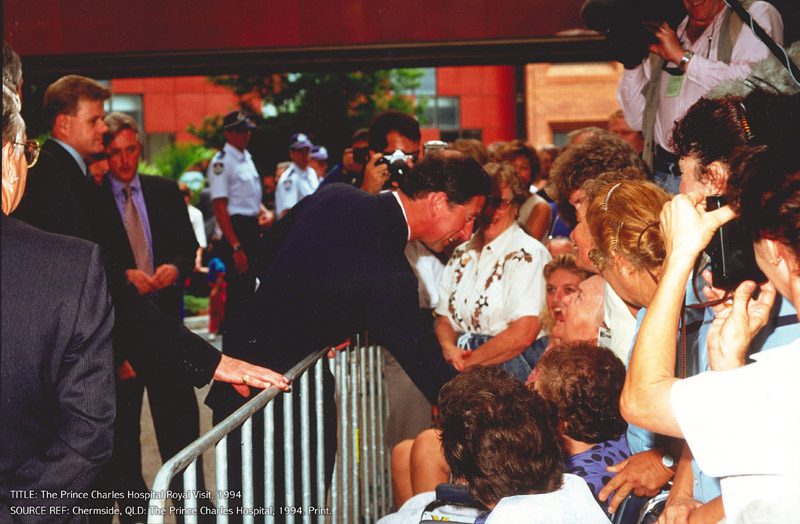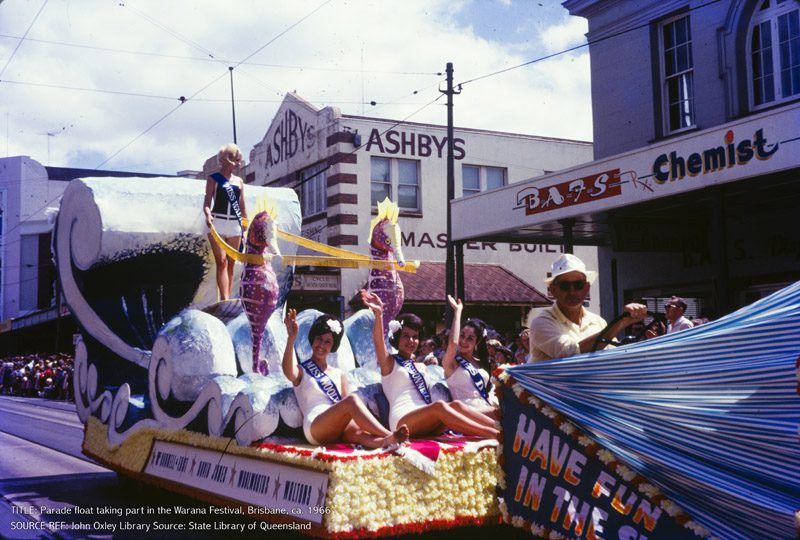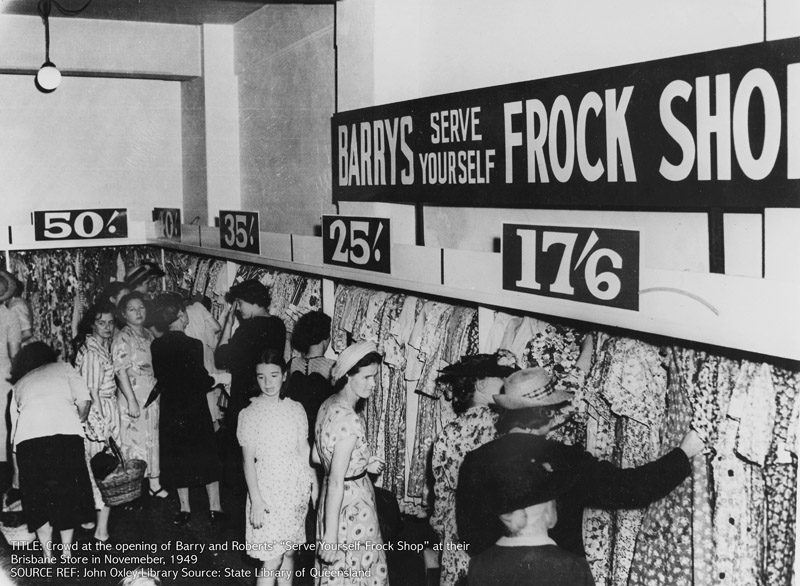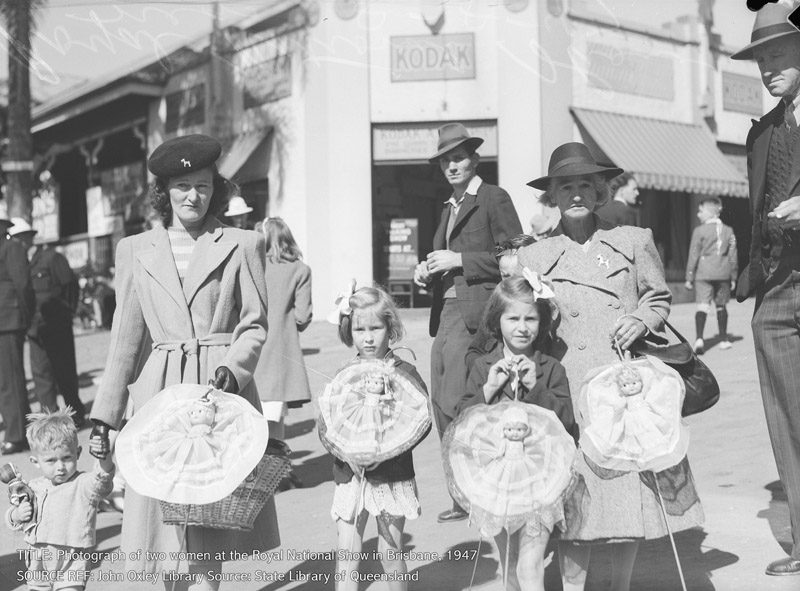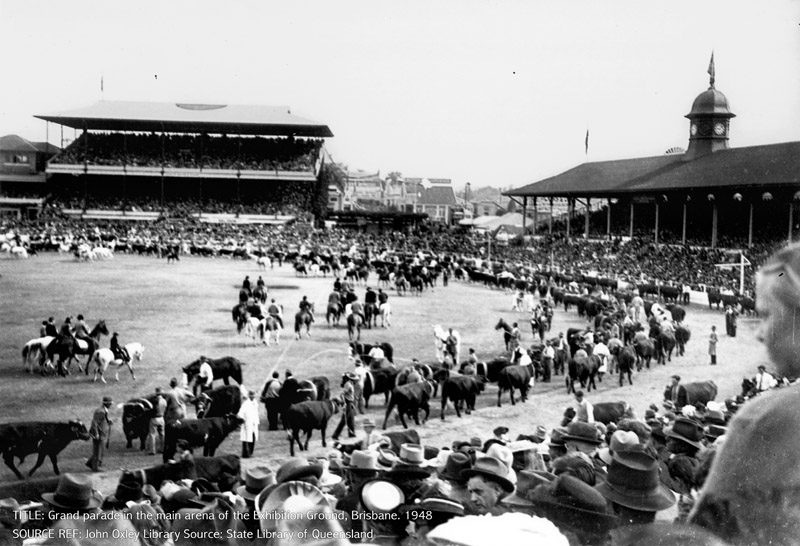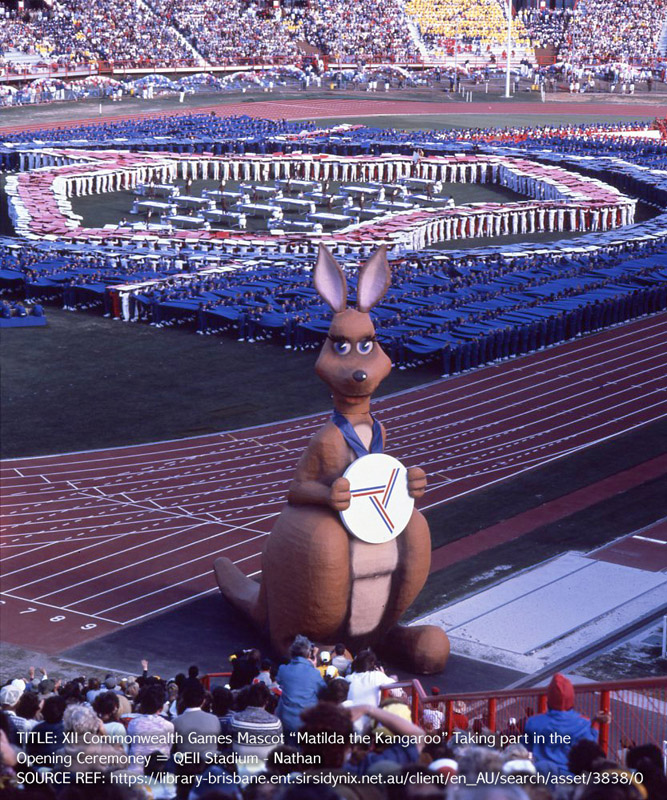Memory Lane – Geriatric Evaluation and Management Unit (GEM)
The Prince Charles Hospital Royal visit – 1994
Turrbal Country
The Prince Charles Hospital was opened in 1954 as the Brisbane Chest Hospital and was originally designed for the treatment of Tuberculosis (TB) patients. Due to the considerable progress in the treatment of TB and the successful TB eradication program, it was soon possible to accommodate other patient types and the hospital was subsequently named The Chermside Hospital in 1961.
In 1974 during a visit from His Royal Highness, Prince Charles, The Chermside Hospital was renamed as “The Prince Charles Hospital” (TPCH). Today TPCH is a major tertiary referral hospital for cardiac and thoracic services as well as providing emergency medicine, orthopaedic surgery, general surgery, general medicine, geriatric medicine and rehabilitation, and mental health services to the local population.
The Chermside & Districts Historical Society Inc. has also created a web site on the history of The Prince Charles Hospital.
Warana Festival
Yugara Country
The concept of a Warana Festival emanated from celebrations in Brisbane in 1959. Warana commenced parochial, community-based festival and in 1995-96, following of World Expo 88, evolved into the arts-oriented Brisbane Festival meaning ‘Blue Skies’ was chosen in a public competition entries. The festival was intended to celebrate spring by giving ‘entertainment by the people for the people’ and included a drama festival and eisteddfod, writers’ week, George Street Colonial Fair, Miss Warana Pageant and a street parade. Associated activities included religious, sporting and outdoor events. As early as 1964, however, there were comments in newspapers that the Warana Festival was losing its energy and could not be compared with Melbourne’s Moomba or Sydney’s Waratah festivals. It was suggested that Queenslanders’ deep-dyed conservatism prevented them from enthusing over such a ‘new-fangled’ idea as Warana. Rain in 1964 did not help the so-called lack of enthusiasm, but it was optimistically hoped that Warana might grow into a well patronised event.
By the late 1980s, with Brisbane maturing as a city, there was a growing feeling of a need for something more sophisticated. As a result, the Brisbane Festival was born and first held in 1996.
Barry & Roberts
Yugara Country
Barry & Roberts was a family-owned Queensland retail icon for many decades. Thomas Barry and Sam Roberts founded the first of the Barry & Roberts department stores in George Street, Brisbane in 1898. At its peak, Barry’s, as it became affectionately known, operated sixteen department stores and some 75 grocery stores throughout Queensland. The Brisbane store soon moved to much larger premises at 55 Queen Street, where the department store was joined by a grocery store and housed the company’s head office. This store had frontages on both Queen and Elizabeth Streets (the Elizabeth Street level being one floor lower than the Queen Street level. The rapid growth from very small beginnings of this well-known Brisbane grocery firm, affords a striking illustration of the familiar adage that, “nothing succeeds like success.” In 1898, Messrs Barry and Roberts opened a small shop in George Street where they soon startled the trade and the public, by the cheapness of their goods. Old-fashioned retail merchants were horrified to find an infant competitor selling established lines at a shade less than wholesale prices.
With rapid strides the business outgrew the unpretentious George Street shop, and to-day Messrs Barry and Roberts, (two young and energetic men…), have four large branch establishments, employ over a hundred hands, and have their delivery carts in almost every street. To what is this marvellous success to be attributed? In the course of an interview the partners assigned four primary reasons: (1). They buy their goods for cash only and thus secure big reductions: (2). They buy direct from the manufacturers and producers, thus saving middlemen’s profits, and ensuring fresh and new goods: (3). They transact big business in every town in Queensland, the output enabling them to purchase large parcels and get special concessions: (4). They sell for cash only and thus contract no bad debts. The firm’s country order department is a feature of the business.
Every day large carefully packed cases leave for different parts of the State, orders being daily received from western stations, pearlers, government officers, pilot stations, mining camps, coastal towns and even islands in the Pacific. All these goods are packed by expert packers and the firm rarely receive a complaint of breakage or error. They country customer has simply to send a list of goods required, prices and brands, and in due course, his case will arrive as complete and fresh as if he lived next door to their Queen Street shop. Cheques should be crossed payable to Barry and Roberts, and it is advisable when sending bank notes to register the letter. The latter need not of course, be done in the case of money orders or postal notes. Customers should be careful to send their full names and addresses as failure in this respect often leads to disappointment and delay. The firm direct attention to advertisement on another page and invite comparison of prices. A test order, be it for 5/- or L5,000 worth of goods, will receive prompt and careful attention.
The North Queensland Register, Monday May 15, 1905
Brisbane Exhibition, 8 August 1947
Yugara and Turrbal Country
This photograph shows a family group at the Brisbane Exhibition or Ekka, probably on the Wednesday public holiday referred to as People’s Day. The day seems to be a typical August show day; cool and sunny. The dolls on canes were popular purchases for young girls during this era.
The Brisbane Exhibition has been held every year since 1875 during two weeks in August. For the rest of the year it has been the venue for a wide range of exhibitions and also as a sporting venue for baseball, cricket, Rugby Union and moto\Sports.
The Ekka has always been attended by very large crowds who enjoy seeing the wide range of exhibits aimed at displaying Queensland culture, produce, resources and initiatives. There is a strong emphasis on agricultural and industrial exhibits. Other attractions include the Show Bag pavilion, fairground rides, side show alley, animal parades, woodchopping exhibitions, and equestrian events.
Grand Parade in the main arena of the Exhibition Ground, Brisbane – 1948
Yugara and Turrbal Country
Known locally as the Ekka. The first exhibition on the site of the Brisbane Exhibition Grounds dates to August 1876, with the staging of the first Queensland Intercolonial Exhibition. In 1920 the Prince of Wales [later Edward VIII] visited the Exhibition, following which the Association moved to incorporate the word ‘Royal’ into its name as the Royal National Agricultural and Industrial Association of Queensland, which over the years has been reduced, unofficially, to the Royal National Association [RNA]
The first show
Bowen Park was chosen in January 1876 as the site for the first ever Royal Queensland Show. The park covered 6.8 hectares bordered by Bowen Bridge Road, Gregory Terrace and a creek which ran through the middle of what is now the Main Arena.
The Intercolonial Exhibition of 1876 was held from 22 to 26 August. A public holiday was declared and on opening day 17,000 people attended – a colossal success given that the total population of Brisbane at the time was only 22,000. Men attended in their suits and ladies in their finest garments. Food was served on long tables and the first showbag – a bag of coal – was free for all visitors.
Commonwealth Games, Brisbane – 30 September to 9 October 1982
Yugara and Turrbal Country
An internationally acclaimed success, the 1982 Commonwealth Games were held at the newly built Queen Elizabeth II (QEII) stadium in the Brisbane suburb Nathan. The stadium featured Brisbane’s first synthetic track for athletics. Other events, swimming and diving, weightlifting, badminton, table tennis (a demonstration sport) and cycling, were held at the nearby purpose-built Chandler Sports Complex.
Commonwealth Games, Aboriginal Protests
Yugara and Turrbal Country
Aboriginal people took advantage of the international attention being focused on Brisbane at this time to highlight their ‘struggle for land rights and indigenous self-determination’. In spite of the Premier, Joh Bjelke Petersen, declaring a State of Emergency because of the threat of Indigenous activity and pronouncing street marches illegal, the first protest march was held on 26 September. Two thousand people participated in the peaceful march for ‘land rights’. Over the following 11 days there were a number of demonstrations and protest marches. Although many Aboriginal people were arrested, the 1982 protests ‘marked a historical turning point in the struggle for Aboriginal land rights in Queensland and across the country”.
Source: The Royal Historical Society of Brisbane (2016), Lost Brisbane 2 and surrounding areas: the later years, p208.

